Best low maintenance indoor plants – 10 house plants that love to be ignored
Enjoy spectacular results for little effort with these low maintenance indoor plants
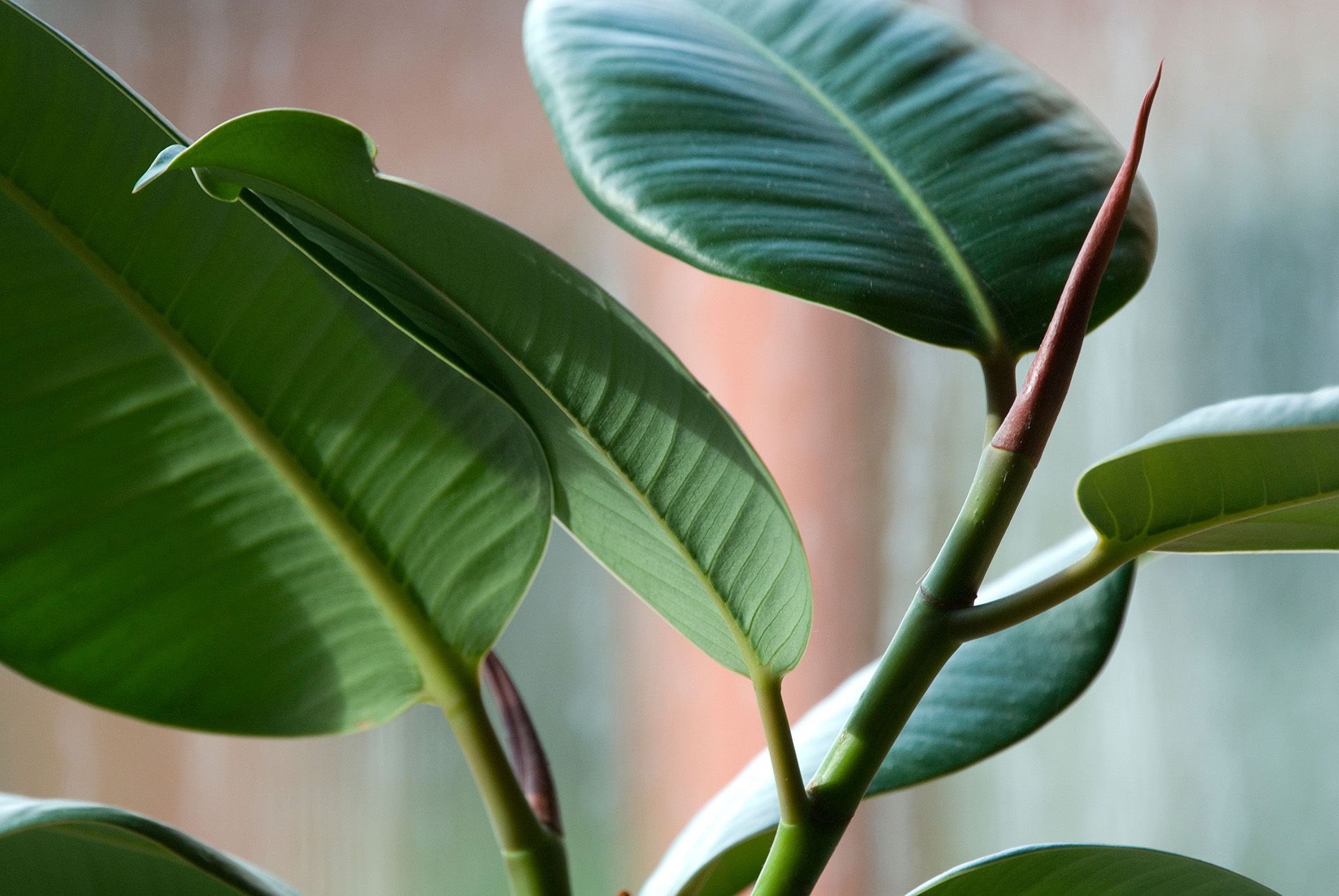

Whether you’re a first timer gardener or just have little time to spare, these low maintenance indoor plants are reliable and rewarding. Tough and remarkably tolerant of over and under watering, it takes a great deal of effort to kill off these leafy beauties.
Coming in all shapes and sizes, with glossy, patterned and highly texture foliage, indoor plants can bring life and interest into every room of your home if chosen carefully.
Horticultural writer Veronica Peerless, author of How Not To Kill Your Houseplant explains, ‘There’s a horticultural saying of ‘Right plant, Right place’ and this certainly applies to houseplants as well as those in the garden. Be realistic when it comes to placing a plant indoors, consider its practical needs as well as your aesthetic ideal and be prepared to compromise.’
With so many different, tempting species to choose from, we’ve consulted the experts and put together a list of our favorites. Low fuss and high in style and impact, these are the indoor plants to go for.
Best low maintenance indoor plants
Busy life? Low maintenance indoor plants, like indoor low light plants, will be less demanding than others, and make your home richer. Helen Parker, Creative Director for deVOL says, 'The more you commit to the botanical theme the more impressive it looks. Walking into a foliage filled room is uplifting and really worth the effort when plants flourish'.
There are many creative ways to decorate with houseplants and you can even include some air plants – which survive without the need for soil – in pretty glass planters. Just be sure you know how to water an air plant to keep it happy and healthy.
Try some of the following low-maintenance choices.
1. String of hearts
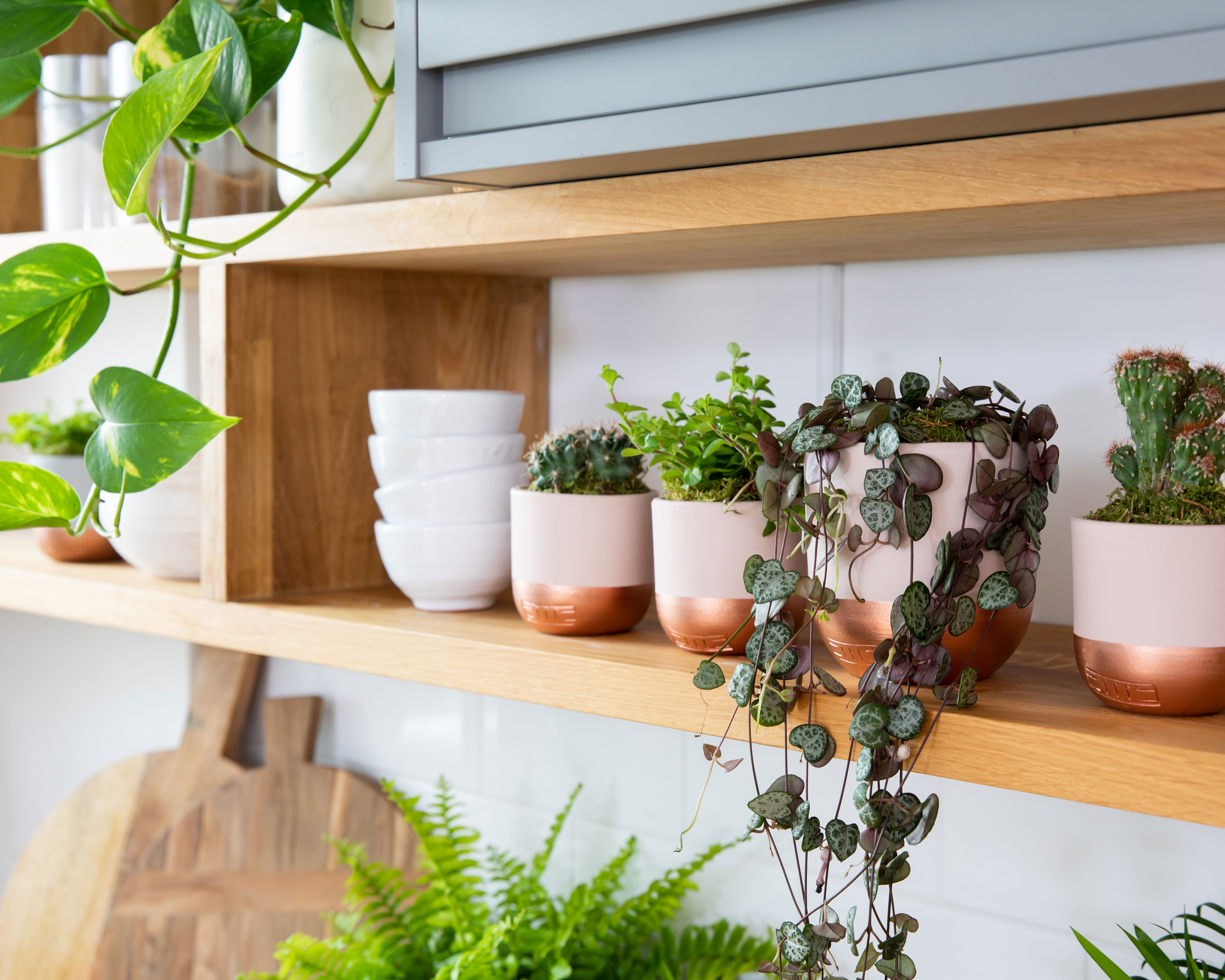
Exceptionally easy to look after, this elegant trailing plant is very tolerant and undemanding. Pairs of tiny heart shaped leaves are silver-grey with a rose-pink underside. Just like a succulent, it stores water in its long stems, and these can reach up to six and half ft (2m) long.
As a result, this plant looks stunning on a shelf or popped into a hanging planter above the stairs or window. 'Hanging or dropping planting from the ceiling, planting in pots or urns or preparing and nurturing a living wall (of plants) will all create a restful and biophilic mood,' says Sarah Jane Nielsen, interior designer of Cumbria’s Gilpin Hotel and Spa.
Happy at most room temperatures it tends to like moist but not waterlogged soil. Avoid cold drafts as any temperature under 59℉ (15℃) will shock the plant. Want to give it an occasional boost? – then mist with a water spray and pop by a window for a few hours in the morning or evening.
2. Snake plant or Sansevieria
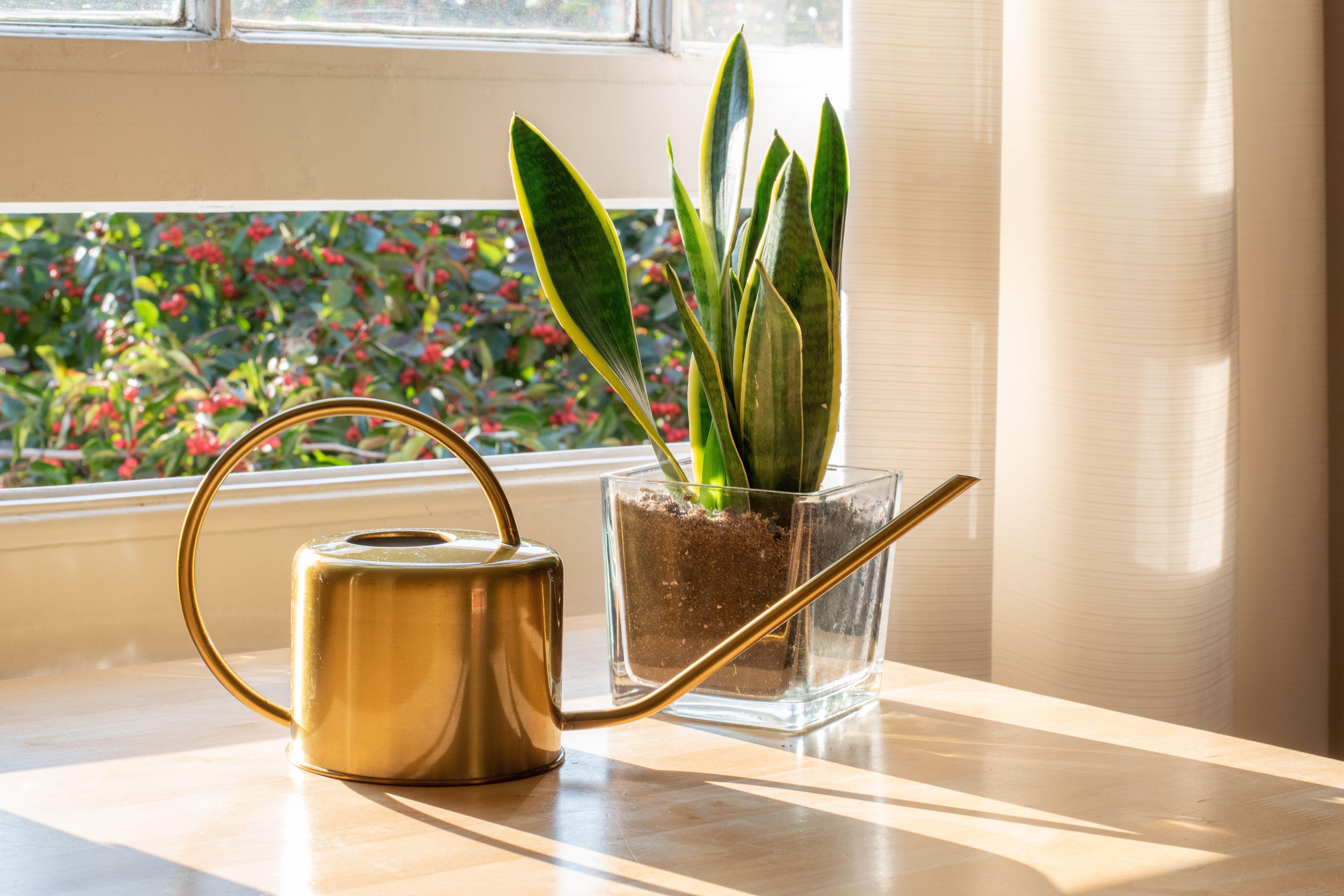
With dramatic striped and twisting sword-like leaves, this plant is the perfect showstopper on a side table or sitting neatly in a corner. Tough and extremely drought tolerant, it is often referred to as mother-in-law’s tongue, Snake plant and Viper’s Bowstring.
Relatively slow growing, they can cope with low light conditions and is one of a few plants that continues produce oxygen in near dark conditions. They are also great at eliminating harmful airborne chemicals, many of which can be found in synthetic carpets, glues, paint and other interior fittings.
Native to west Africa these snake repellent plants can stay outside in HDSA zones 9-12. They will die though if left in temperatures below 50℉ or exposed to frost. During spring and summer water once a week but do drop to once a month in fall and winter when the plant is dormant.
There are plenty of different varieties of snake plant to choose from, including dwarf varieties such as Sansevieria fischeri at 16 inches (40cm) up to 3-4ft (91-121cm) for Masoniana and trifasciata types. ‘Every now and again – just whenever you remember – give her leaves a light wipe to keep her pores free of dust,’ says Freddie Blackett, Founder of Patch Plants.
3. ZZ plant or ric-rac plant
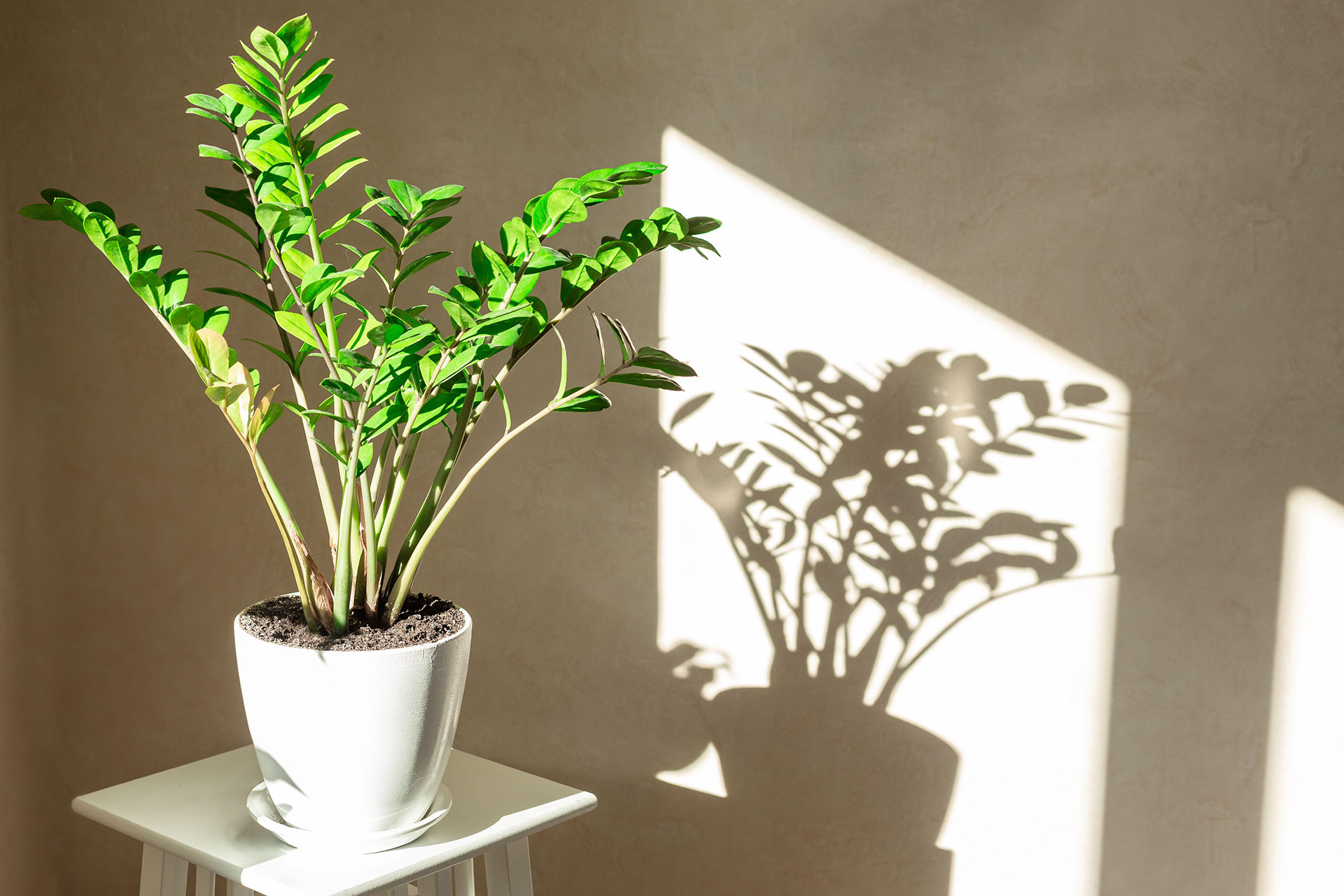
Fancy a houseplant that’s virtually indestructible? Then Zamioculcas Zamiifolia is a must. Tall, dark glossy slender leaves with distinct zig-zag edges, it makes a real impact placed on its own on a side or coffee table.
A very undemanding plant, it will merrily thrive in a shady spot as well as indirect light and is happy to be root bound, reducing the need for regular repotting. Extremely drought tolerant and hard to kill, the tall foliage slowly grows up to 3ft (just under 1m) high and prefers temperatures of 59–75°F (15°C to 24°C).
Another bonus is that the ZZ plant also has air purifying capabilities. Give it an extra growth boost by feeding it with liquid fertilizer once per month in spring and summer. ‘The ZZ plant looks great in a group thanks to its height and textured leaves,’ says Claire Bishop Senior Houseplant Buyer at Dobbies. ‘The ZZ plant is easy to care for and thrives in cool conditions and low light.’
4. Kentia Palm
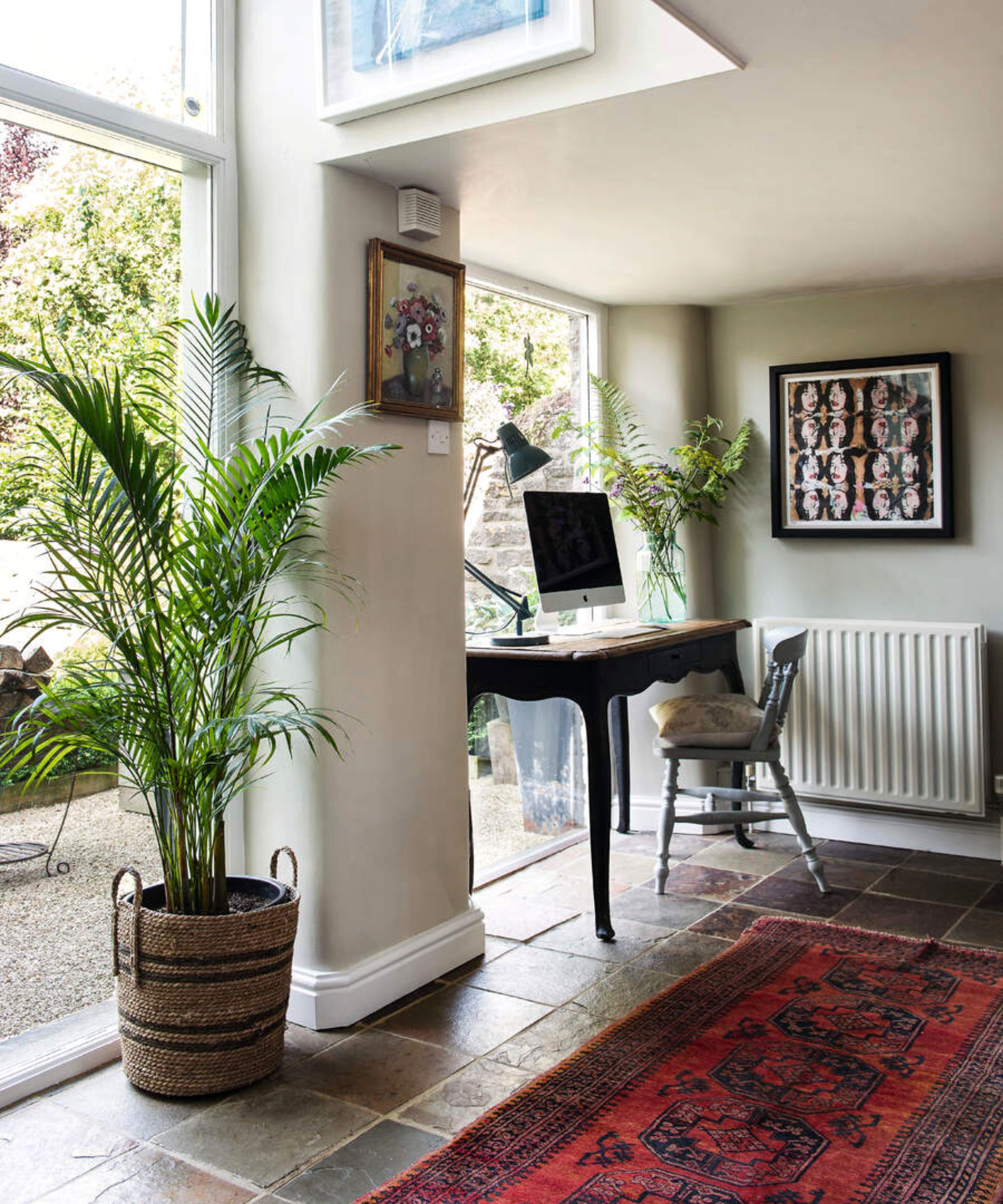
One of the hardest indoor plants to kill is the Kentia palm. Elegant with arching fronds that grow from the base it makes a stunning statement in an empty corner and doesn’t take up floor space either. Able to cope with most light conditions this elegant palm grows up to 10ft (3m) tall, has slender leaves, casting beautiful shadows and simply oozes class and sophistication. Pop it in a pot away from direct light and it will be happy with minimal fuss.
‘The golden rule is not to leave this plant sitting in water,’ say the team at Crocus. ‘They like a moist soil but don't like to have their roots sodden, so feel the top of the soil before watering. In the winter it will still need watering but not as much.'
5. Spider plant or Hen and Chickens or ribbon plant

A classic houseplant, it’s hard to imagine any home not having one of these striped leaved beauties tucked away somewhere. Easy-to-grow and care for, these hugely popular plants are one of the easiest and most tolerant indoor plants you can grow.
They will cope well with low light levels and artificial light, but do keep them away from strong, direct sunlight which will crisp the leaves. Favoring temperatures between 55 and 80°F (13–27°C), there are real benefits of having spider plants as they are useful for removing harmful toxins from the surrounding air and can even help lower carbon monoxide levels too.
Water regularly during the spring and summer growing period and occasionally through fall and winter. Plant up in pots and place on a high shelf or windowsill or display in hanging planters. Unlike many others, they are also pet-friendly houseplants.
6. Algerian and English Ivy
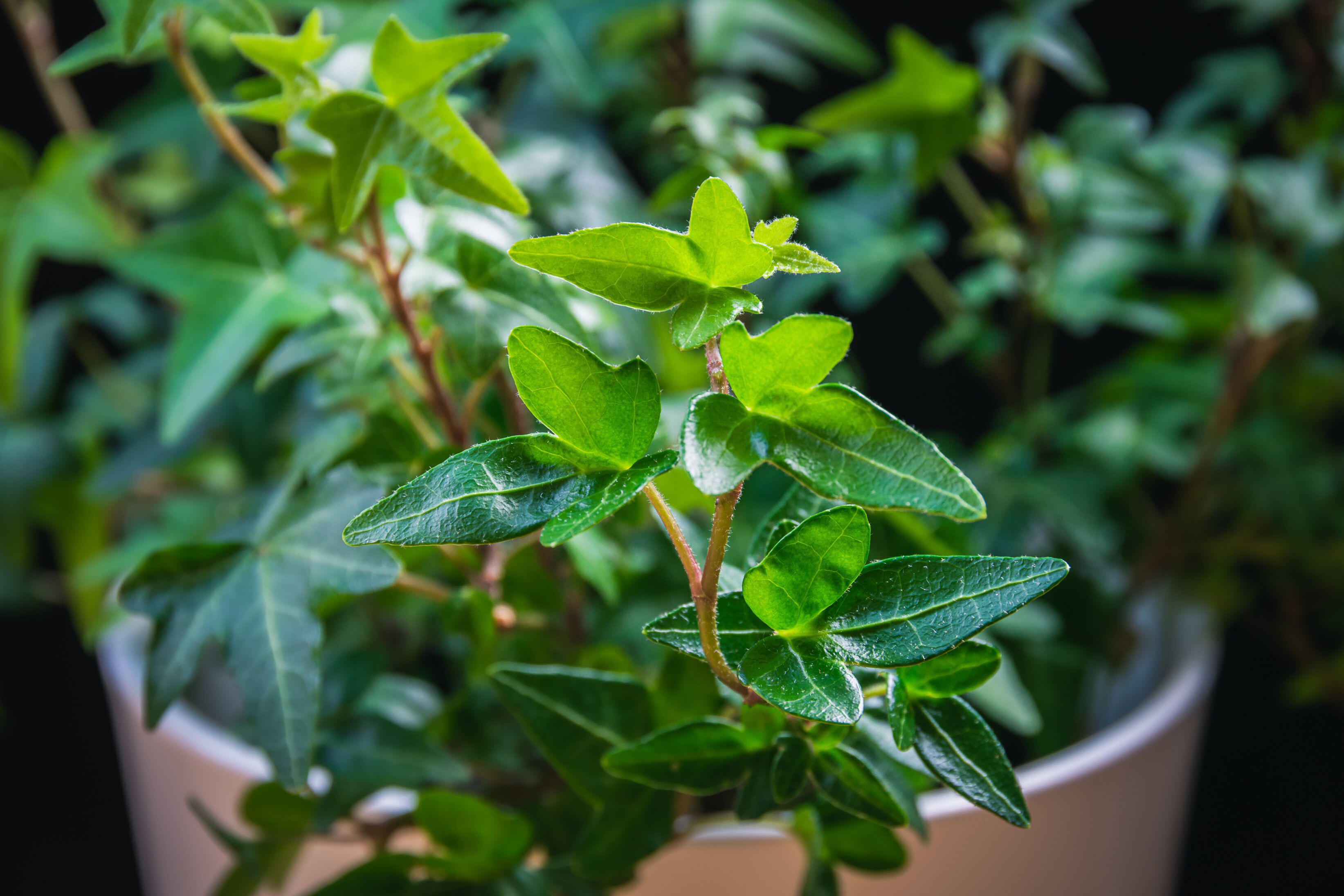
Quick to grow and happy in shady spots around the house, English or Algerian ivy is a real winner. One of the best trailing plants for hanging baskets, its attractive, trailing stems of pointy evergreen leaves look stunning draping over the edge of a high shelf, mantlepiece or in a hanging planter above the stairs. This plant has also been shown to help reduce mold, making it a useful plant for damp and often darker spaces such as an ensuite or bathroom.
Performing best in direct sunlight, well-drained soil and with plenty of water it will make a stunning statement draping down from a shelf or hanging planter. Keep at a steady temperature of between 52-71°F (11-22°C) for healthy growth. Easy to propagate by snipping off trailing stems and popping them in a separate pot or in water, you can grow your display in no time.
7. Devil’s Ivy or Pothos
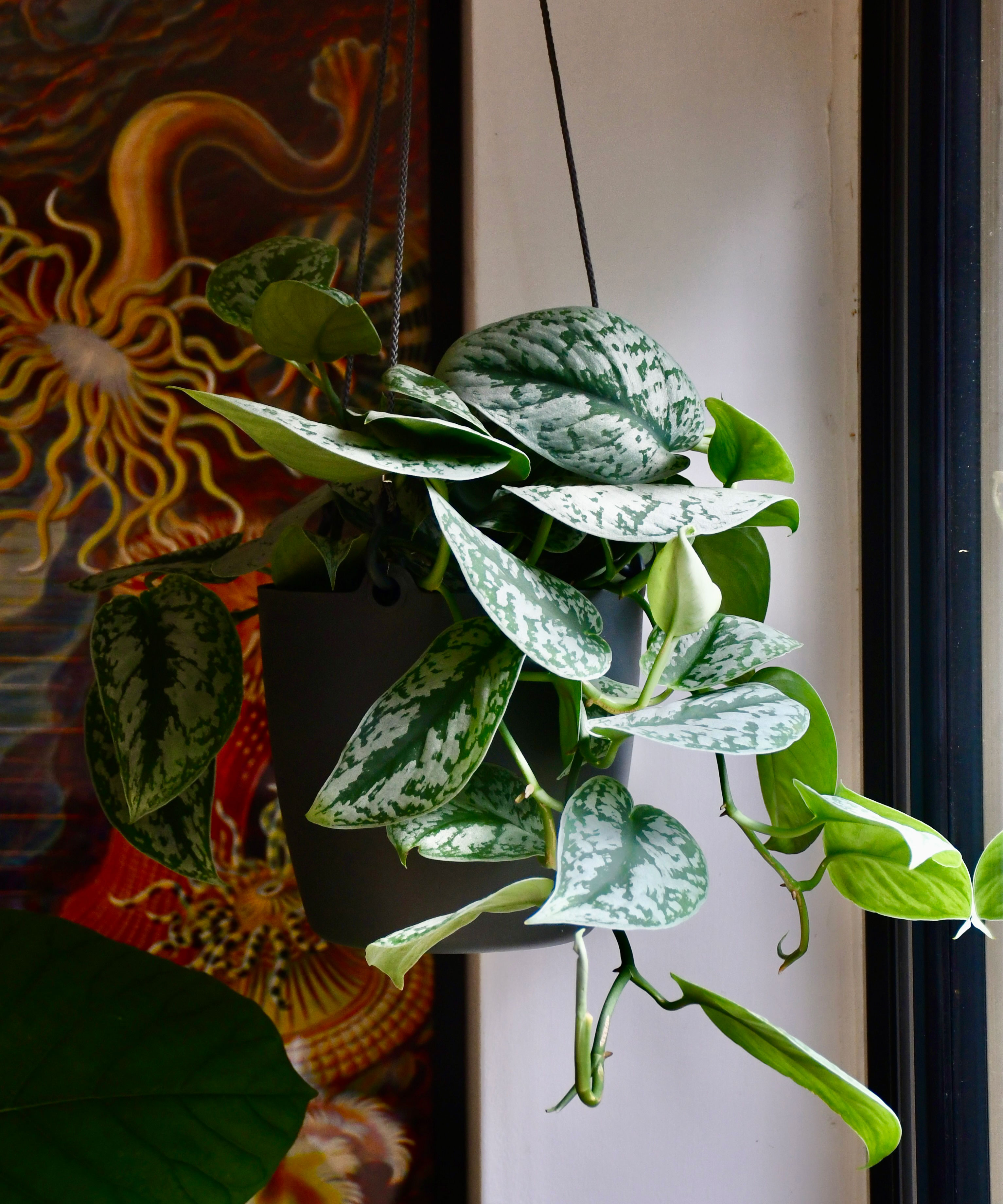
The perfect plant for a dark room or corner, this sprawling beauty with its heart shaped leaves is super forgiving. Ideal for forgetful waterers or those with less than bright, sunny spaces it will thrive, sending out long lush stems that reach up to 65 ft (20m) – in the wild.
‘Want to create your own 'nature takes over' look? Get the pothos and suitable pots and decide where you want to hang or place the plants’, suggests Plant Designer Alexis Tricoire. ‘Don't limit yourself to the living room. Rooms such as the kitchen, bathroom and bedroom will also be enhanced by climbing and hanging greenery.’
If you are caring for pothos plants, it's worth knowing that they grow in deep shade in the sub-tropical forest of Asia and Australia, and love humidity, so place in warm, damp spaces such as the bathroom or kitchen or mist regularly to keep in top condition. One thing it really does dislike though is sitting in water as the roots will quickly rot and leaves will turn yellow. Aim to water every three or four weeks want until soil is bone dry before repeating.
8. Rubber plant

Undeniably handsome, rubber plants also have a pretty easy-going temperament. With their large glossy leaves and growing up to 6-10ft (2 or 3m) tall indoors they are happy as long as they are positioned away from direct sunlight (which tends to scorch their gorgeous foliage). Water when the top 2 inches (5cm) of the soil is bone dry and wipe any dust off the leaves to aid healthy growth.
These plants do love some humidity so mist with a water spray occasionally or sit the pot on a pebble filled tray partially filled with water.
9. Succulents
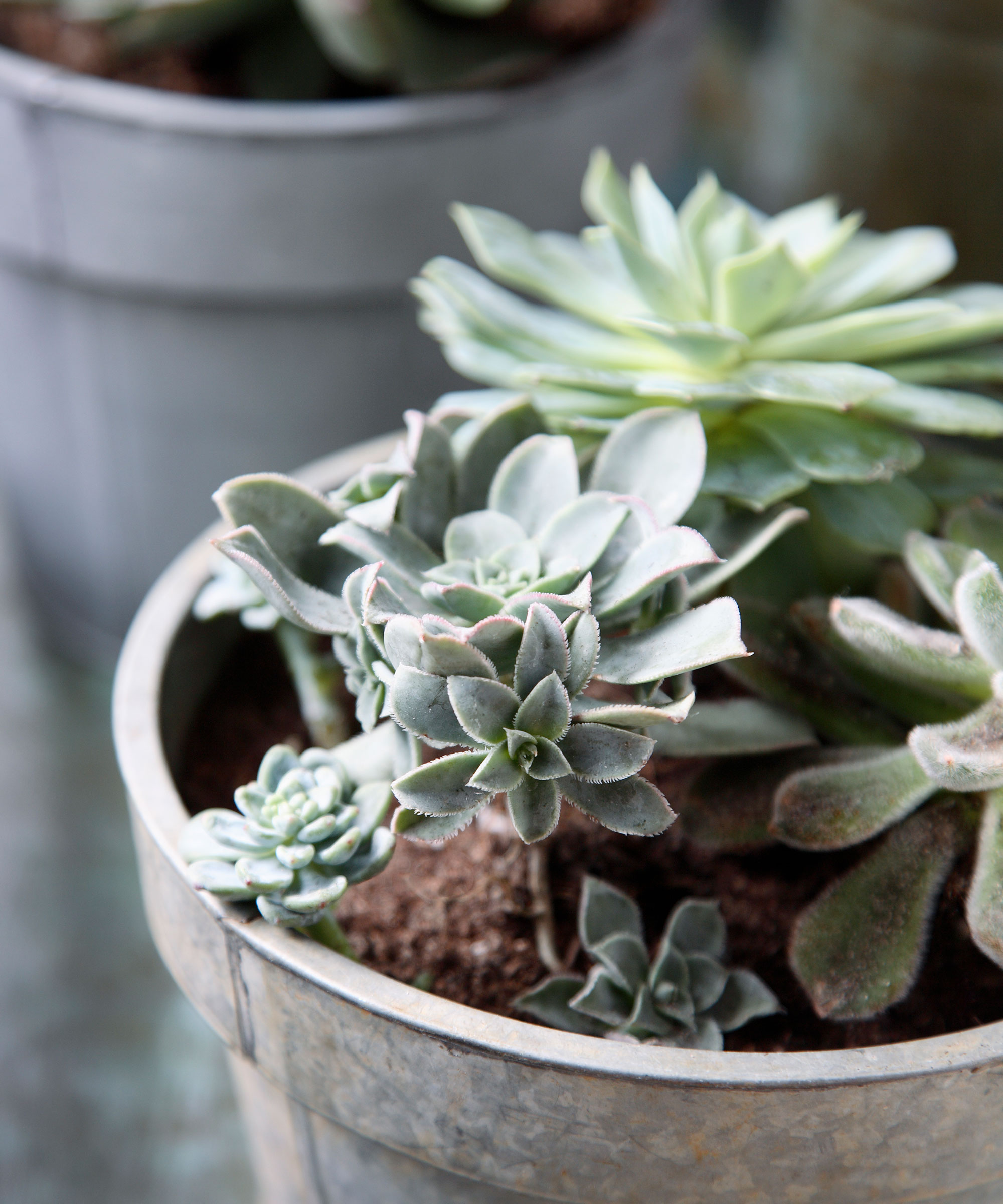
‘Brighten up a windowsill or your workspace with easy-to-care-for succulents. These stylish plants are low maintenance, making them perfect for beginners, and are a great way to add a pop of color to your home while still maintaining a minimalist style,’ says Claire Bishop, Senior Houseplant Buyer, Dobbies. ‘Succulents thrive in a sunny spot so make sure you place them in a bright room, but you can slow down on watering and feeding them in fall and winter as the days get shorter.’
Caring for succulents is easy, and there are many fascinating types of succulents to choose from in all shapes and colors. ‘Our sense of wellbeing has been proven to increase just by looking at plants, and who doesn’t water to feel less stressed and calmer at home. Cacti and succulents are a hassle-free short cut to achieving this,’ says Gynelle Leon in her book Prick.
Succulents like Crassula ovata requires very little effort and, although it loves a bright situation, it will also grow well in a shady spot. Featuring waxy rounded leaves shooting from upright stems, it has the look of a miniature tree. The leaves will appear a darker green if positioned away from natural light but the impact will be equally stunning and sculptural.
Knowing when to water succulents is vital as overwatering will kill them; find out about caring for succulents in winter, too, to ensure they last the season.
10. Jade or Money plant
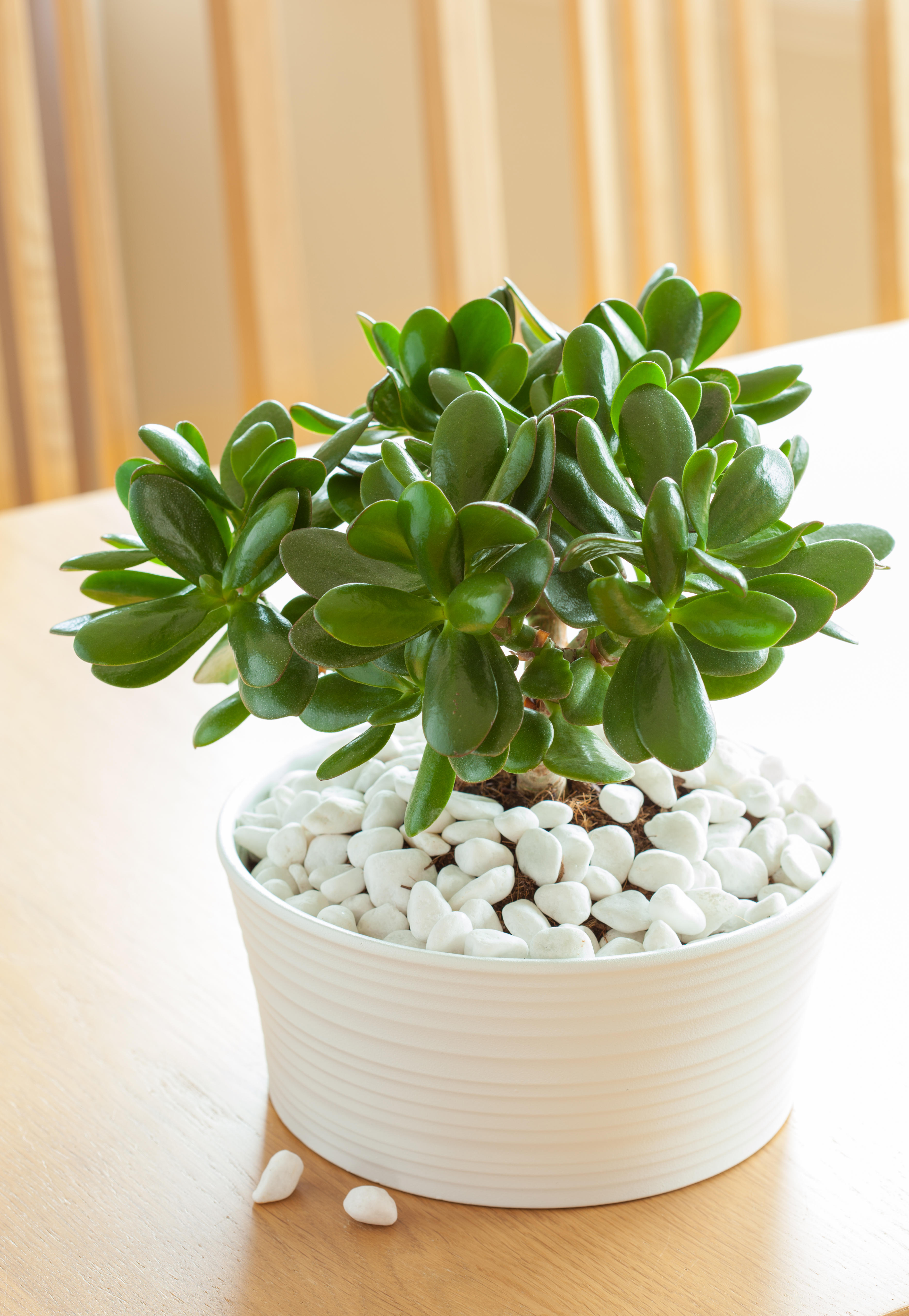
There’s a good reason Jade plants are often spotted in stores and restaurants – they are extremely long lived and easy to look after. Slow growing, sculptural and interesting to look at they make a striking statement on a shelf, coffee table or windowsill.
Healthy plants have shiny, fleshy leaves and have the capacity of storing water in their foliage, which does help make life easier. Only water when the top inch of the soil is dry and feed several times a year. They will eventually reach 6-7ft (2m) high if left in the same position – they hate being moved.
Which indoor plant needs the least care?
Zamioculcas Zamiifolia or the ZZ plant for short is extremely resilient and forgiving. Happy in most positions, from bright to deep shade – strong direct light can scorch the leaves – it’s perfect for practically every home. Drought tolerant and used to thriving in non humid, dry atmospheres this plant loves to be kept at room temperature. What’s more it hates being being repotted, much preferring its roots to be tightly bound.
Choose from numerous varieties but our favorite has to be ‘Raven’ for its stunning black foliage.
Where to buy low maintenance indoor plants?
You can buy low maintenance indoor plants at your local nursery; ask for guidance if you need help. Otherwise, shop online for the best places to buy plants. These include: Lowes Garden Center, Home Depot's Garden Center and Burpee for the best buys.
What is a good tall indoor plant to grow?
Need a tall easy-care plant to make an impact? Then this edit should prove useful. These low maintenance indoor plants are also stunning statement plants because of their height: Snake Plant; Rubber Plant; Devil’s Ivy; Corn Plant; Yukka ‘Maya’ tree.
Sign up to the Homes & Gardens newsletter
Design expertise in your inbox – from inspiring decorating ideas and beautiful celebrity homes to practical gardening advice and shopping round-ups.

Journalist Jill Morgan has spent over 20 years writing and editing gardening, interior and property features. Titles she has worked on include The English Home, House Beautiful, Ideal Home, Houzz and Modern Gardens and she writes regularly for H&G as a Contributing Editor. Whilst she is a dab hand at renovation projects and DIY, she is happiest when out digging in the garden or planning a new border.
-
 Miley Cyrus breaks a cardinal decorating rule with her 'floating table' – her unexpected layout transforms a dead space into a stylish breakfast area
Miley Cyrus breaks a cardinal decorating rule with her 'floating table' – her unexpected layout transforms a dead space into a stylish breakfast areaThe singer tosses aside the maxim that furniture shouldn't be floating in the middle of the room with an innovative kitchen layout
By Sophie Edwards Published
-
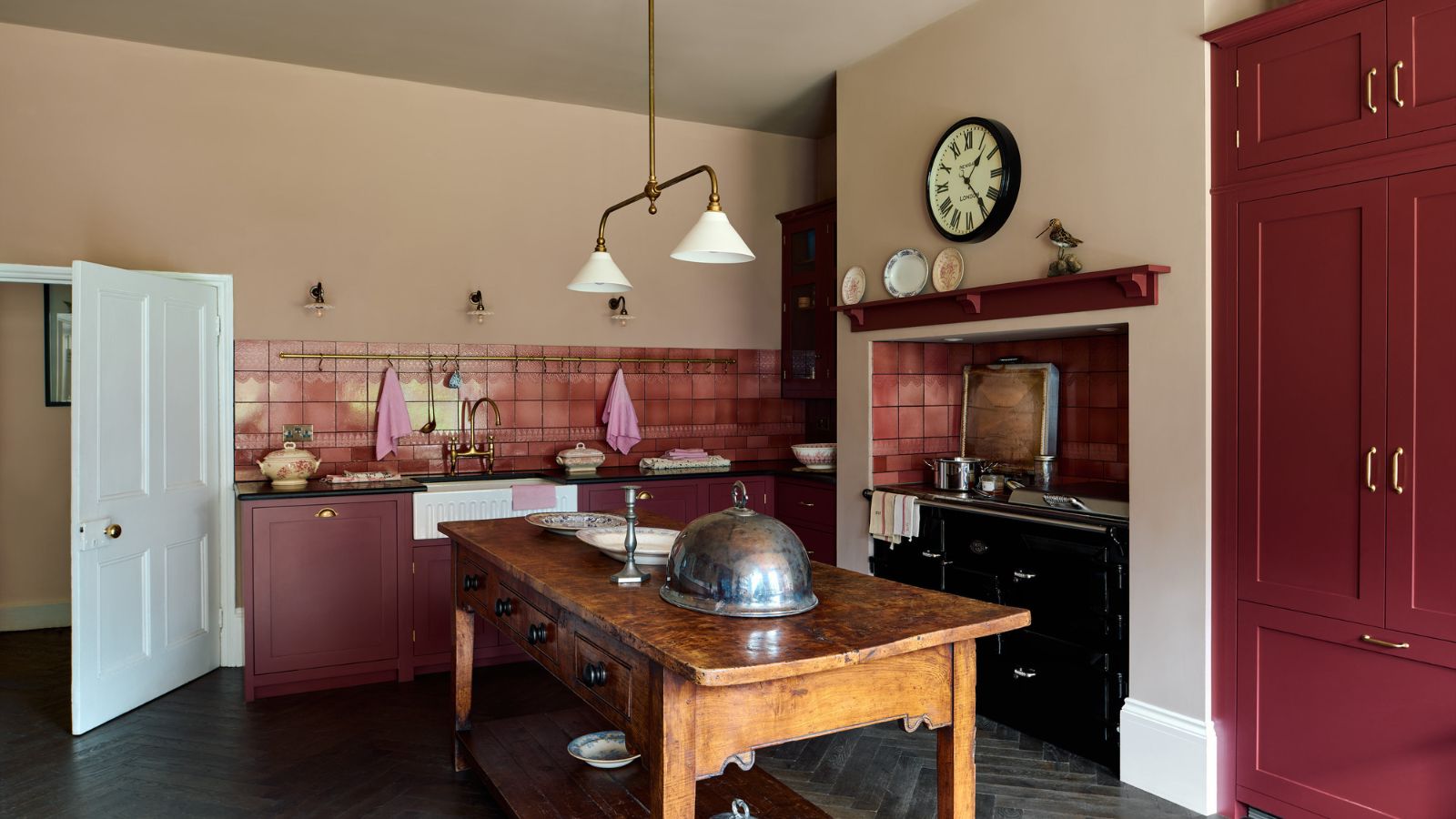 It’s a concept straight out of a fashionista's playbook, but I used the Sandwich Method to organize my kitchen shelves – it’s never looked sleeker
It’s a concept straight out of a fashionista's playbook, but I used the Sandwich Method to organize my kitchen shelves – it’s never looked sleekerIt transformed messy to mesmerizing in a matter of seconds
By Punteha van Terheyden Published